What treatment
10+ Highly Rated Anti Aging Clinics in Mexico
Choose from List of 10+ Recommended Clinics for Your Anti Aging Needs in Mexico
LONVIDA - Regenerative Medicine in Mexico City
Overview
Discover advanced stem cell treatments in Mexico City at Lonvida Wellness and Longevity Center. Offering regenerative medicine, and wellness care.
Read more details
Dr. Ary Papadopulos - Plastic Surgery in Mexico City
Overview
Experience top Plastic Surgery in Mexico City with Dr. Ary Papadopulos. UNAM-trained expert in HD Liposculpture, Mommy Makeovers & Facial Rejuvenation.
Read more details
RejuvStem - Stem Cell Therapy Cancun
Overview
Explore RejuvStem in Cancun, Mexico for innovative stem cell therapy. Treat pain, neurological, autoimmune, sexual wellness & anti-aging conditions.
Read more details
World-Leading Anti-Aging Stem Cell Clinic in Mexico City by Dr. Ary Papadopulos
Overview
Stem Cell Mexico City treatments by Dr. Ary Papadopulos offer advanced anti-aging solutions including facial rejuvenation, PRP, and joint regeneration.
Read more details
Discover your treatment options with a free, no-obligation quote!
Get your quote now!Dr Victor Samano Plastic Surgery Cancun
Overview
We know all the concerns about cosmetic or plastic surgery begin the moment you decide to do it. We welcome you from your first appointment with the guarantee that Dr. Víctor Sámano will exceed your expectations, his human quality and his experience in his technique. We have an avant-garde technical team that will give you the peace and results you were looking for. Maybe you wonder: who wil
Read more details
Clinica MER Cancun
Overview
Experience cutting-edge stem cell therapy at Clinica MER in Cancun, Mexico. Led by Dr. Adriana Gudiño Reyes, offering expert regenerative treatments.
Read more details
Dr. Ernesto Javier Acosta Abeyta
Overview
Transform your appearance with plastic surgery in Merida, Mexico by Dr. Ernesto Javier Acosta Abeyta. Experience expert care and stunning results!
Read more details
ICONIC Medical Aesthetic
Overview
Discover ICONIC Medical Aesthetic Clinic in San Jose del Cabo, Mexico. Specializing in anti-aging treatments and hair restoration. Experience excellence.
Read more details
Discover your treatment options with a free, no-obligation quote!
Get your quote now!Medica Golfo de Cortes
Overview
Discover top-notch gynecology and cosmetic surgery services in Guadalajara, Mexico at Medica Golfo de Cortes, renowned for excellence and innovation.
Read more details
Montevalle Spa & Wellness Resort
Overview
Discover ultimate detoxification and reinvigoration at Montevalle, Baja California exclusive Spa and Wellness Resort. Elevate your well-being amidst serene luxury in Mexico's oasis.
Read more details
Progencell - Stem Cell Therapies
Overview
ProgenCell, located in Tijuana, Mexico, offers stem cell treatment with great results for ophthalmic, immunologic, neurological and metabolic diseases, along with knee injuries and Anti-aging treatments.
Read more details
Stem Health | Leading Stem Cell Clinic in Tijuana, Mexico
Overview
Discover Stem Health, your trusted stem cell clinic in Tijuana, Mexico. We provide personalized stem cell therapies for orthopedic, autoimmune & neurological issues.
Read more details
Aesthetic and Oncologic Face, Head and Neck Clinic and OR
Overview
Discover AOFHN Clinic and OR in Tijuana, Mexico, specializing in plastic surgery & oncology. Services include rhinoplasty, facelift, Botox & cancer treatment.
Read more detailsMarroquin and Sandoval Plastic Surgery Guadalajara
Overview
Marroquin & Sandoval Plastic Surgery in Guadalajara Mexico offers top breast augmentation, tummy tuck, liposuction, mommy makeover, facelift and rhinoplasty.
Read more detailsBojanini Hair & Skin Experts Polanco Clinic
Overview
Bojanini Hair and Skin Experts Polanco Clinic, brings the best of Hair and Skin care personal solutions in Mexico City. We provide the latest services in Hair Transplant and Skin Improvement but also we have Capilar or Hair Re-growth Treatments, Customized Anticalvicie Formulas, Anti-aging, Dermatology, Dermoestetic Procedures, Anti-Acne Treatments. Bojanini it´s the only one who offers you a
Read more details4 Ever Youthful Medical Studio
Overview
Discover rejuvenation at 4 Ever Youthful Medical Studio, an Anti-Aging and Wellness Clinic in Playa Del Carmen, Mexico. Elevate your vitality now.
Read more detailsAtempo Med Spa
Overview
Atempo Med Spa is a renowned name in the field of nutrition, aesthetic medicine and spa in Mexico City, Mexico. The key services include depigmenting facial, anti acne facial, vampire facial, mature skin facial, regular facial and more.
Read more detailsBojanini Forests Clinic
Overview
Bojanini Forests Clinic is a renowned center for Hair and Skin care solutions in Mexico City. They provide the best and advanced Skin Improvement and Hair Transplant services at affordable prices. Some of the key procedures at this clinic are Anti-aging, Dermatology, Anti-Acne Treatment, Hair Re-growth Treatment, beard and eyebrow transplant, etc.
Read more detailsBOJANINI HAIR & SKIN EXPERTS ALTAVISTA
Overview
Bojanini Altavista Clinic is a renowned center for Hair and Skincare solutions in San Angels, Mexico. They provide the best and advanced Skin Improvement and Hair Transplant services at affordable prices. Some of the key procedures at this clinic are Anti-aging, Dermatology, Anti-Acne Treatment, Hair Re-growth Treatment, beard and eyebrow transplant, etc.
Read more detailsBojanini Leon Clinic
Overview
Bojanini is a famous name for providing Hair and Skincare solutions in worldwide locations. Their Bojanini Leon Clinic in Mexico is also highly reputed for bringing the best and advanced Skin Improvement and Hair Transplant services at affordable prices. The key procedures available at their Leon clinic are Anti-aging, Dermatology, Dermoestetic Procedures, Anti-Acne Treatment, Hair Re-growth Treat
Read more detailsAnti-Aging Treatments in Mexico – A Path to a Younger, More Vibrant You
Aging is a natural part of life, but that doesn't mean you have to simply accept the visible signs that come with it. Wrinkles, sagging skin, age spots, and a loss of skin elasticity can all make you look older than you feel. Many people spend a significant amount of time and money trying to maintain a youthful appearance, and this is where anti-aging treatments come into play.
However, anti-aging treatments in countries like the United States and Europe can be extremely costly. In contrast, Mexico offers affordable and high-quality anti-aging solutions that rival those found in more expensive countries. Thanks to its growing medical tourism industry, Mexico is becoming a popular destination for individuals looking for effective, budget-friendly treatments to reverse or delay the signs of aging.
In this guide, we will explore the benefits, costs, payment options, and next steps for patients seeking anti-aging treatments in Mexico, all with the assistance of PlacidWay’s trusted network of medical professionals.
Advantages of Anti-Aging Treatments in Mexico
Skilled, Experienced Professionals
Mexico is home to a number of highly trained dermatologists, cosmetic surgeons, and aesthetic specialists who focus on anti-aging treatments. Many of these professionals have received advanced training in top-tier medical centers around the world, ensuring that they are equipped with the knowledge and skills to deliver the best results. Whether you’re interested in non-invasive treatments like Botox or more advanced procedures like facelifts, you’ll find experienced specialists in Mexico ready to help you achieve your cosmetic goals.
Cost-Effective Treatments
One of the biggest advantages of seeking anti-aging treatments in Mexico is the affordability. While treatments in the U.S. or Europe can be expensive, Mexico offers the same high-quality procedures at a fraction of the cost. Whether you’re looking for a facelift, laser skin resurfacing, or a series of Botox injections, you can expect to save as much as 60% on the cost of your treatment in Mexico compared to what you would pay at home.
Accredited Clinics and Safety
Mexico boasts a number of clinics that are accredited by international organizations such as the Joint Commission International (JCI) or are ISO certified. This ensures that they adhere to the highest safety and quality standards, so you can rest easy knowing that you’re in good hands. These clinics are equipped with state-of-the-art technology and provide comprehensive aftercare, making the whole process safer and more efficient.
Access to Cutting-Edge Treatments
Mexico’s medical professionals are well-versed in the latest anti-aging technologies and techniques, providing access to cutting-edge treatments that may not be readily available in other countries. From advanced laser therapy and PRP (platelet-rich plasma) to minimally invasive facelifts, you’ll have access to a range of services that can help turn back the clock on aging.
Beautiful Destination for Recovery
Mexico is not only known for its world-class healthcare but also for its beautiful cities, stunning beaches, and rich cultural history. After your treatment, you’ll have the opportunity to relax and recover in a peaceful environment, whether it’s by the beach in Cancun or exploring the cultural landmarks in Mexico City. This makes Mexico a perfect destination for both health and leisure.
Dynamic Cost Information for Anti-Aging Treatments in Mexico
The cost of anti-aging treatments in Mexico varies depending on the type of treatment, the clinic, and the location. However, in general, patients can expect to pay significantly less than they would in the U.S., Canada, or Europe.
Here’s an overview of the average costs of popular anti-aging treatments in Mexico:
| Anti-Aging Treatment | Cost in Mexico (USD) | Cost in U.S. or Canada (USD) |
|---|---|---|
| Botox (per area) | $150 - $400 | $400 - $1,000 |
| Dermal Fillers (per syringe) | $300 - $700 | $600 - $1,500 |
| Laser Skin Resurfacing | $800 - $2,500 | $2,000 - $4,000 |
| Chemical Peel | $100 - $500 | $500 - $2,000 |
| Facelift | $3,500 - $7,000 | $7,000 - $15,000 |
| Non-Surgical Facelift (Thread Lift) | $1,500 - $4,000 | $3,000 - $8,000 |
| PRP (Platelet-Rich Plasma) | $400 - $1,200 | $1,000 - $2,500 |
Factors That Affect Cost
-
Type of Treatment: Non-invasive treatments like Botox or fillers are more affordable than surgical options such as facelifts or thread lifts.
-
Clinic Reputation: Well-established clinics with international recognition or those offering the latest technology may charge higher fees, but they also guarantee a higher level of care.
-
Location: The cost may vary depending on where in Mexico you’re seeking treatment. Major cities like Mexico City or Monterrey may have higher prices due to the demand for high-end services.
Despite these variations, the overall savings compared to the U.S. or Canada are substantial, making Mexico an excellent choice for patients looking for affordable anti-aging treatments.
Payment Options for Anti-Aging Treatments in Mexico
At PlacidWay, we ensure that the payment process for anti-aging treatments is easy to understand and transparent. While we do not offer installment plans, we help guide you through the payment process, ensuring there are no hidden fees.
How to Pay
PlacidWay works directly with clinics in Mexico to provide upfront pricing, so you’ll know the full cost of your treatment before proceeding. Payments can be made using several secure methods:
-
Wire Transfers: This is a common method for international payments.
-
Credit Cards: Many clinics in Mexico accept major credit cards, making payment convenient for international patients.
-
Other Secure Payment Methods: Some clinics may also accept PayPal or other online payment options for added convenience.
Rest assured that you will be provided with all the necessary information to ensure a smooth, hassle-free payment process. PlacidWay’s team is here to assist you with any questions you may have regarding payments.
Ideal Candidate for Anti-Aging Treatments in Mexico
The ideal candidate for anti-aging treatments is someone who is looking to rejuvenate their appearance and address visible signs of aging, such as wrinkles, sagging skin, or age spots. Most anti-aging treatments are non-invasive or minimally invasive, allowing patients to recover quickly with minimal downtime.
Some key factors to consider:
-
Health: Patients should be in good general health. Certain medical conditions may interfere with some treatments, so it’s important to consult with a specialist beforehand.
-
Skin Type and Concerns: Different treatments are suited to different skin types. For example, Botox is great for smoothing wrinkles, while laser skin resurfacing is ideal for treating age spots and improving skin texture.
-
Expectations: It’s important to have realistic expectations about what each treatment can achieve. Anti-aging treatments can enhance your appearance, but they cannot create perfection.
If you are considering anti-aging treatments in Mexico, it’s essential to have a consultation with a qualified specialist who can assess your needs and recommend the most suitable treatment options for you.
Next Steps for Anti-Aging Treatments in Mexico
-
Identify Your Goals: Whether you want to reduce wrinkles, restore volume to your face, or improve skin texture, it’s important to define what you want to achieve with your anti-aging treatment.
-
Consult with PlacidWay: Once you’ve identified your goals, reach out to PlacidWay for assistance in finding the best clinics and specialists in Mexico. We will help connect you with qualified professionals who can guide you through your options.
-
Schedule a Consultation: After choosing a clinic, schedule a consultation with the specialist to discuss your treatment options. During the consultation, the doctor will evaluate your skin and health to recommend a customized plan.
-
Plan Your Travel: PlacidWay will assist you with all the necessary travel arrangements, including flights, accommodations, and transportation, to make your journey to Mexico as smooth as possible.
-
Undergo Treatment and Recovery: Once you arrive in Mexico, you’ll undergo your anti-aging treatment, and you can start enjoying the benefits almost immediately. Many treatments offer quick recovery times, allowing you to continue enjoying your stay in Mexico while rejuvenating your appearance.
Anti-aging treatments in Mexico offer a cost-effective way to rejuvenate your appearance and maintain a youthful glow. With PlacidWay’s support, you can access world-class care, expert professionals, and significant savings on treatments that may be too expensive at home.
Ready to take the next step toward a younger, more vibrant you? Contact PlacidWay today for a consultation and discover the best anti-aging treatment options available in Mexico!












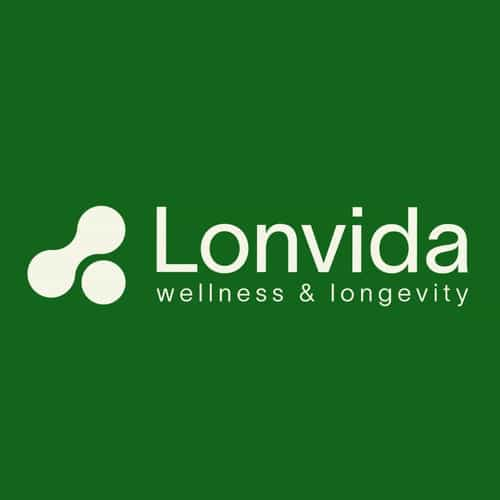
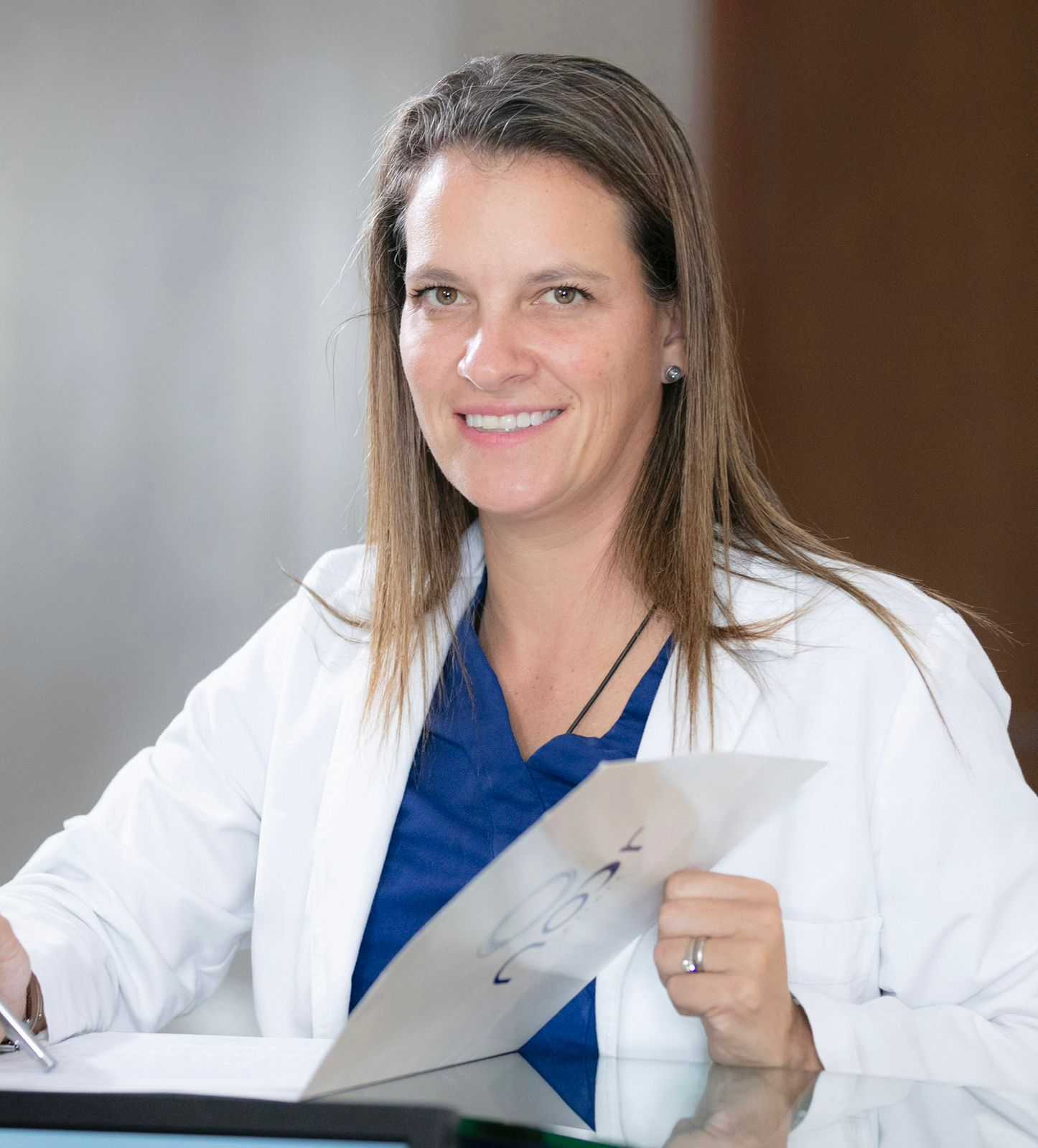
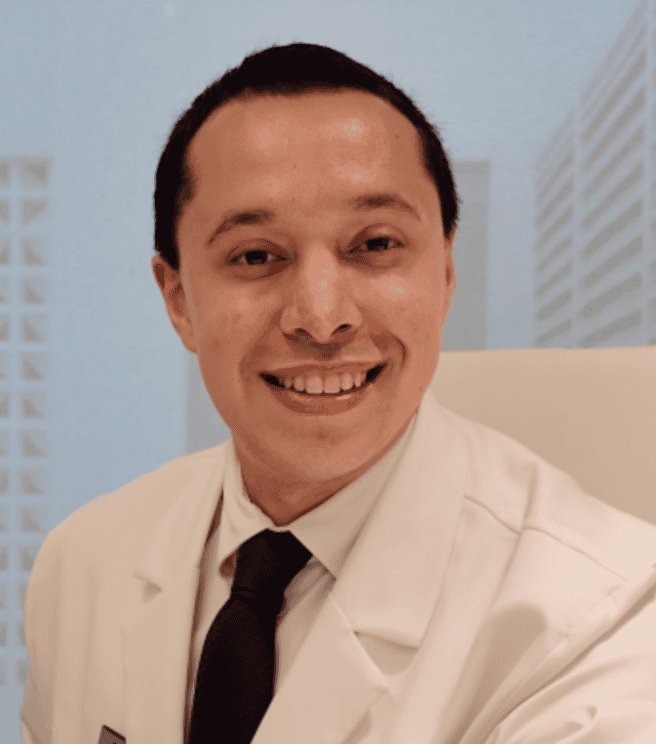

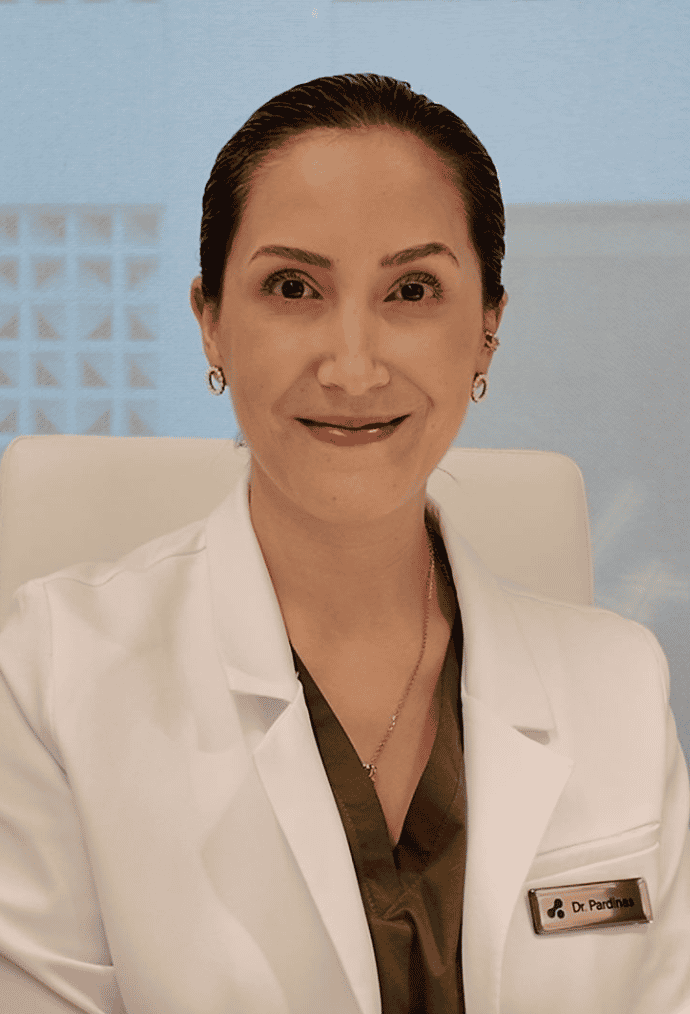
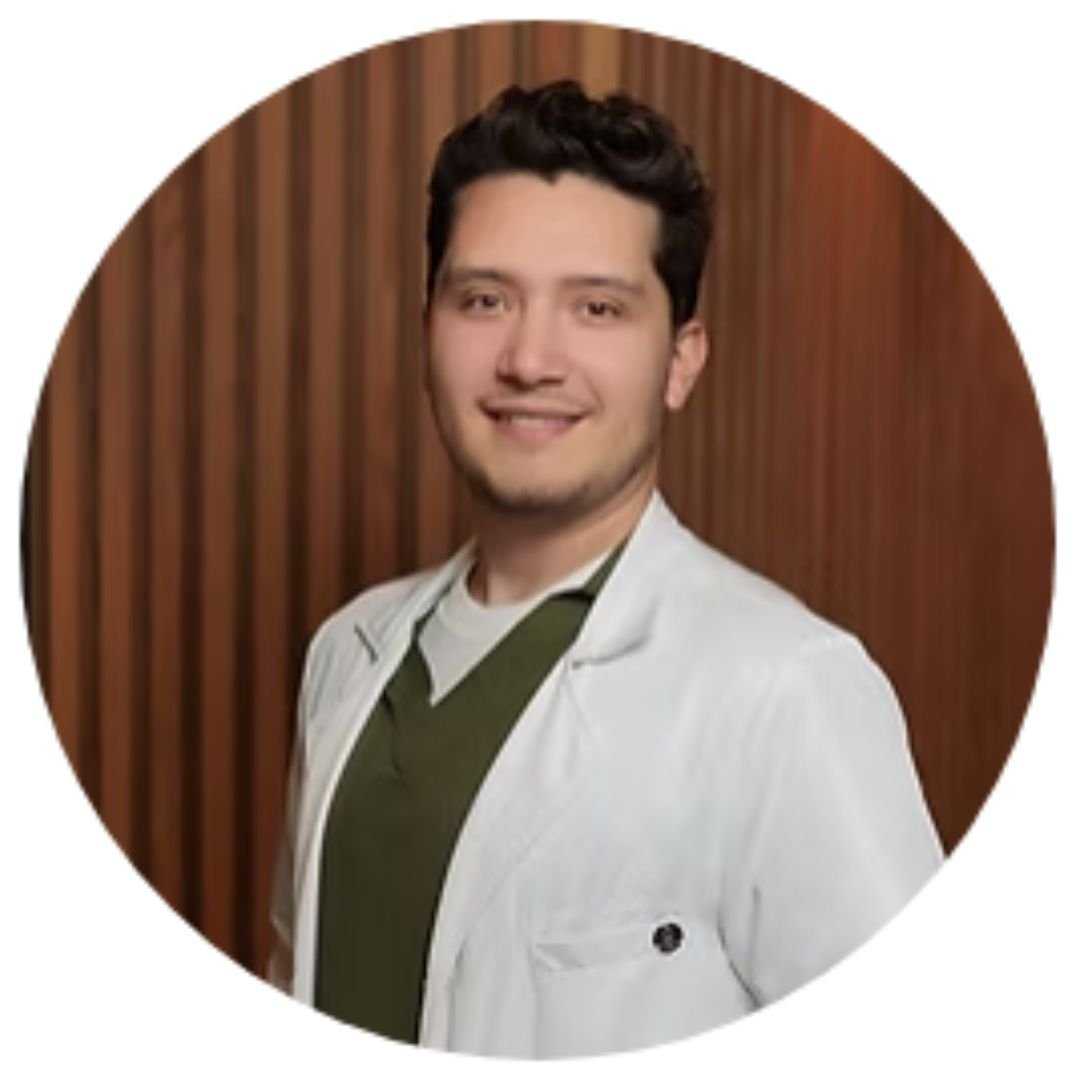
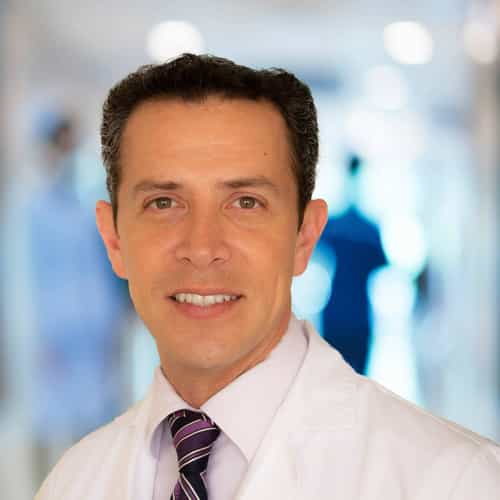
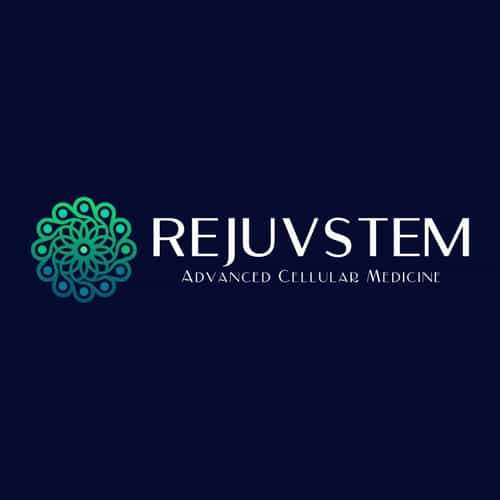
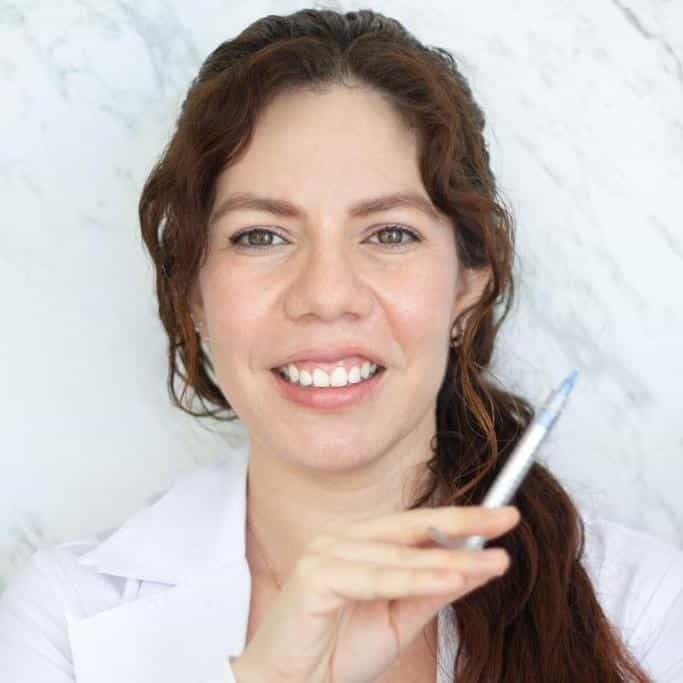
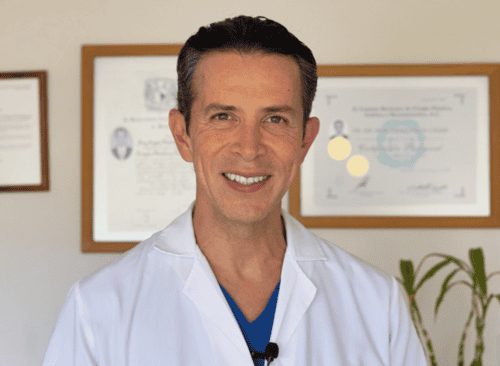
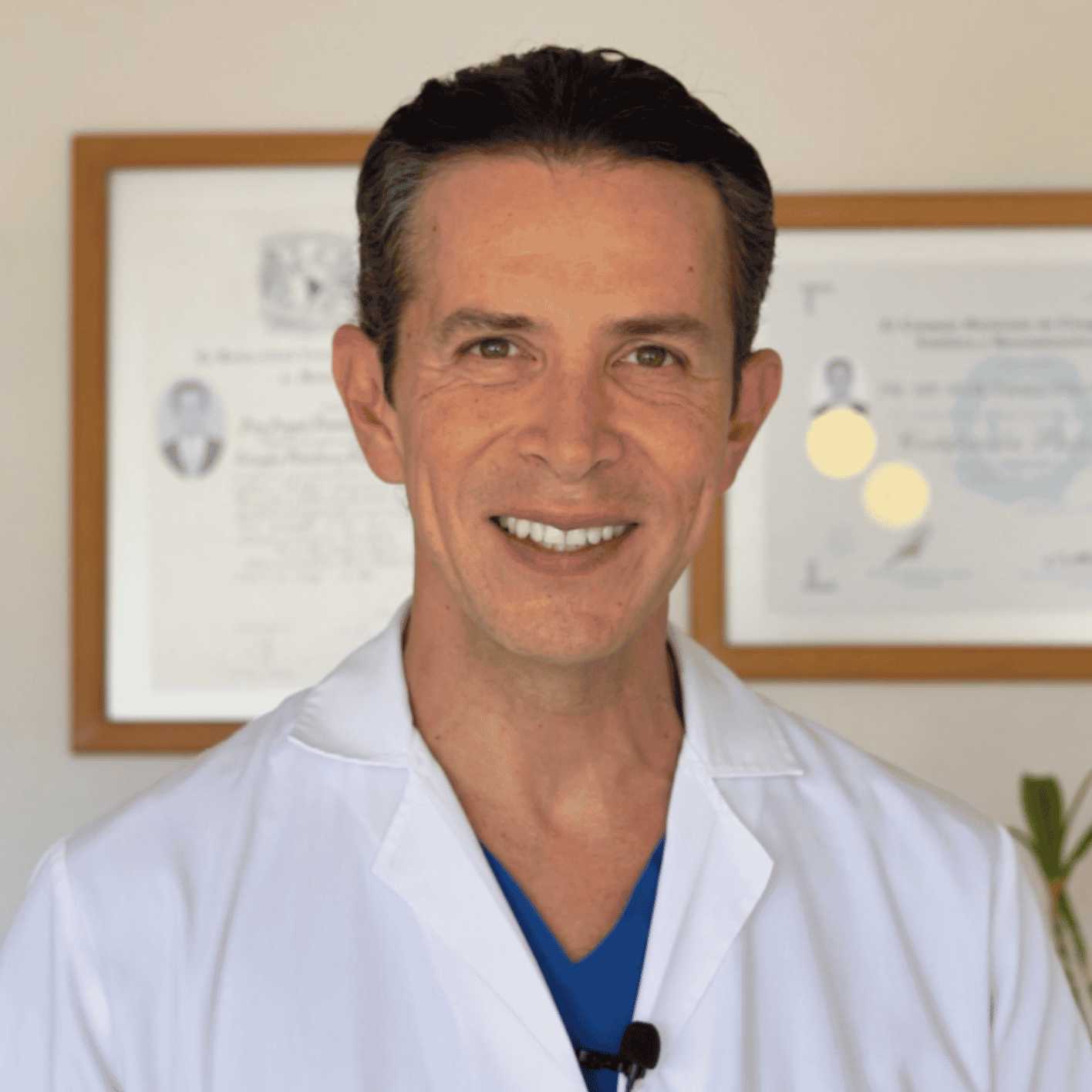
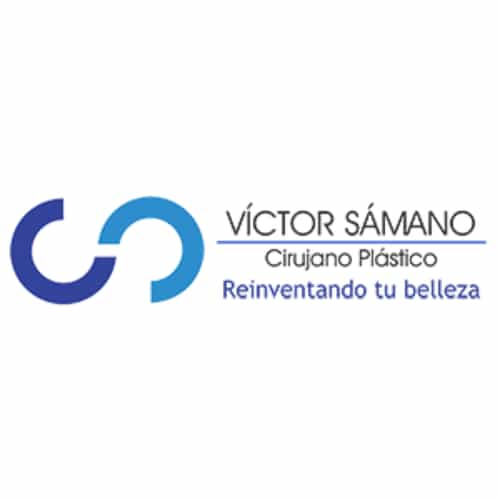
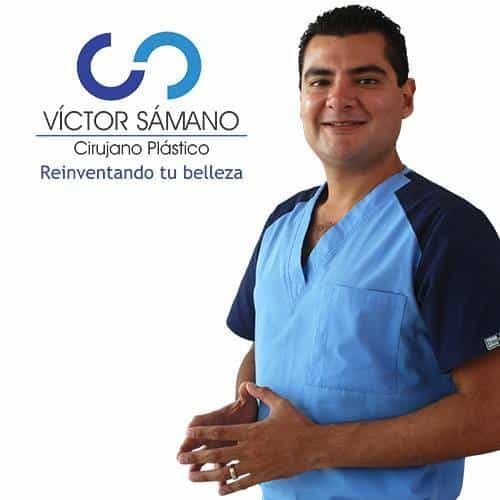
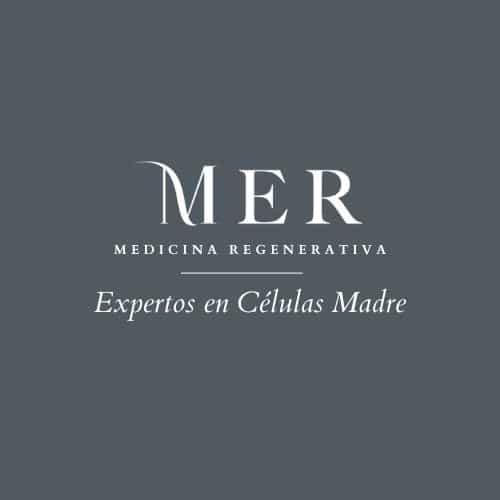
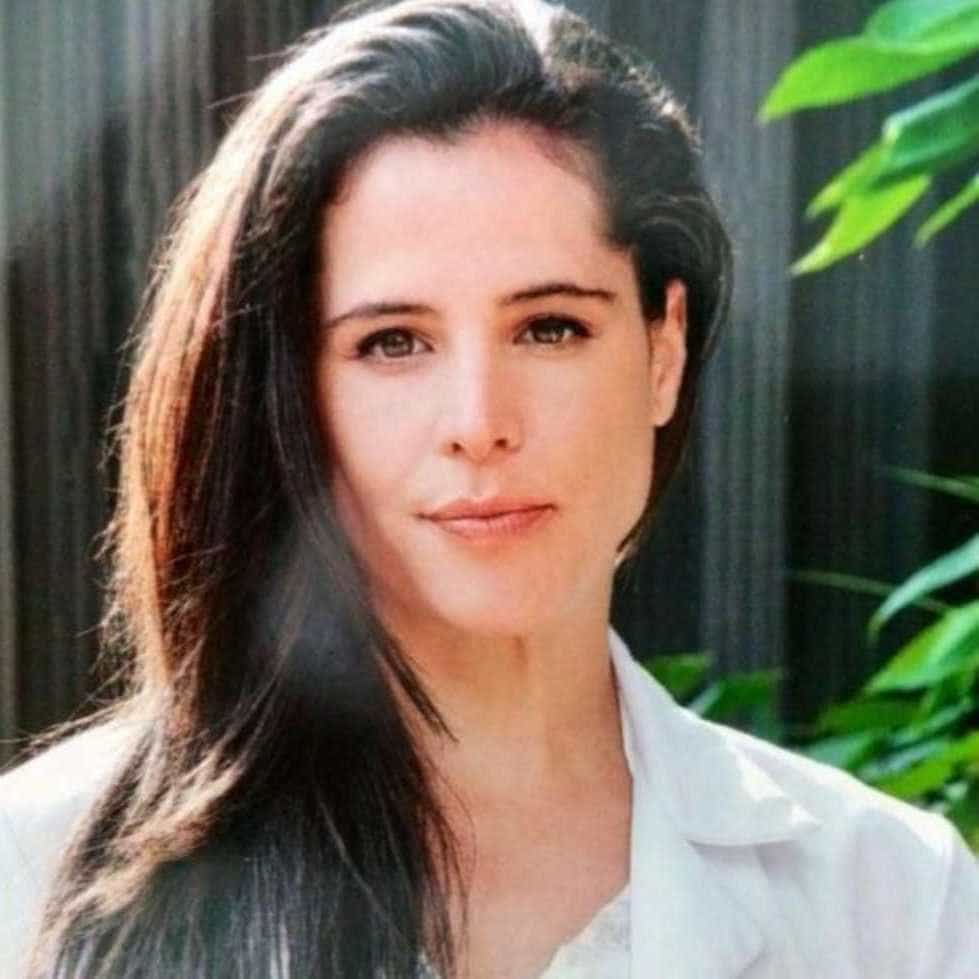

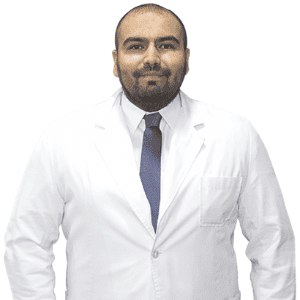
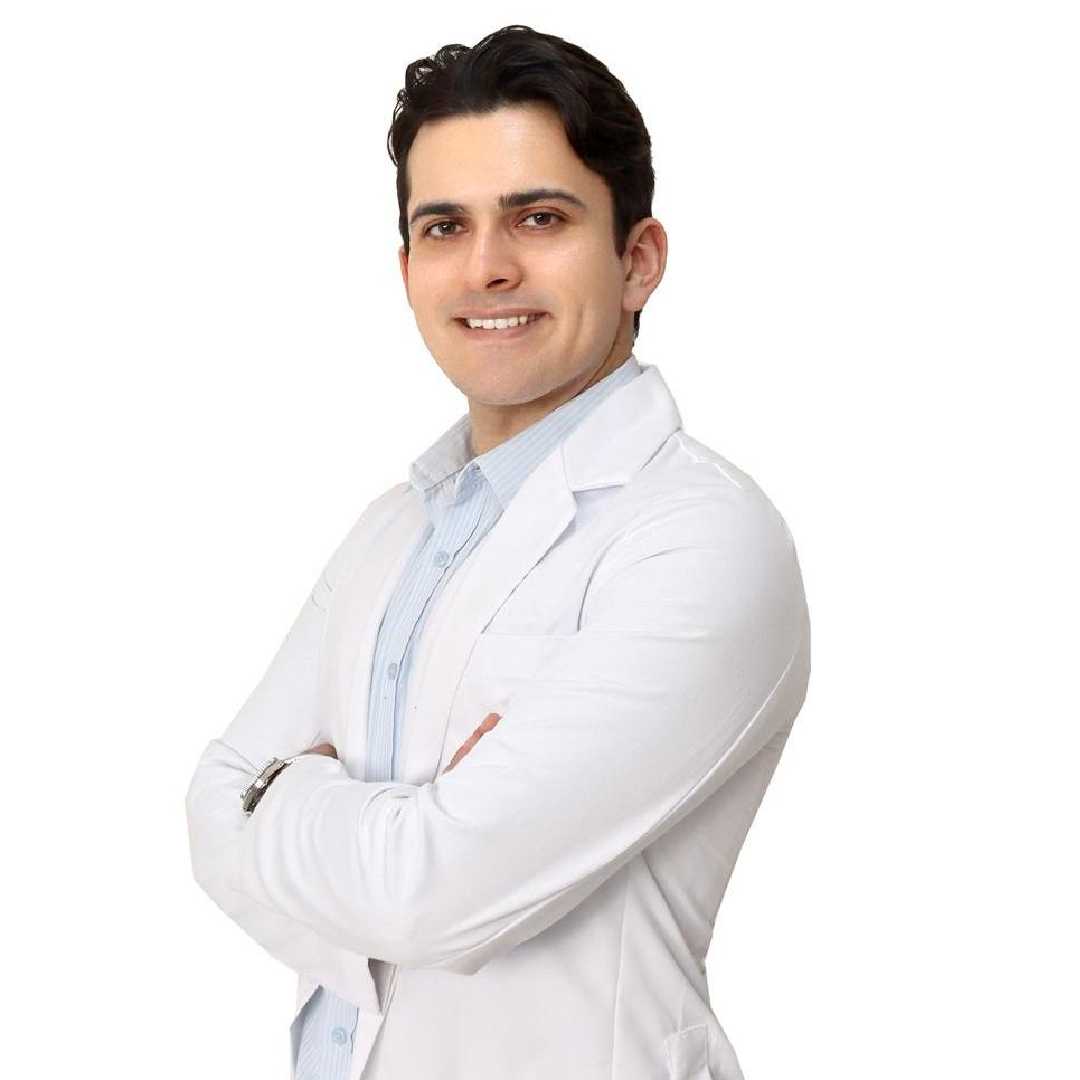
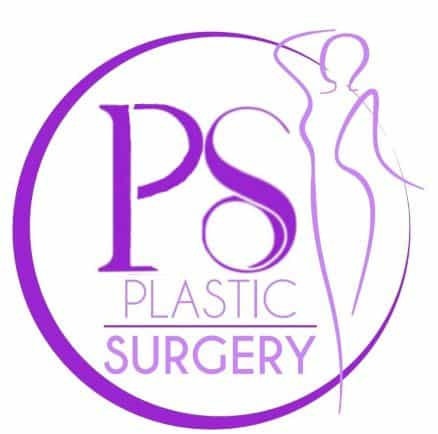
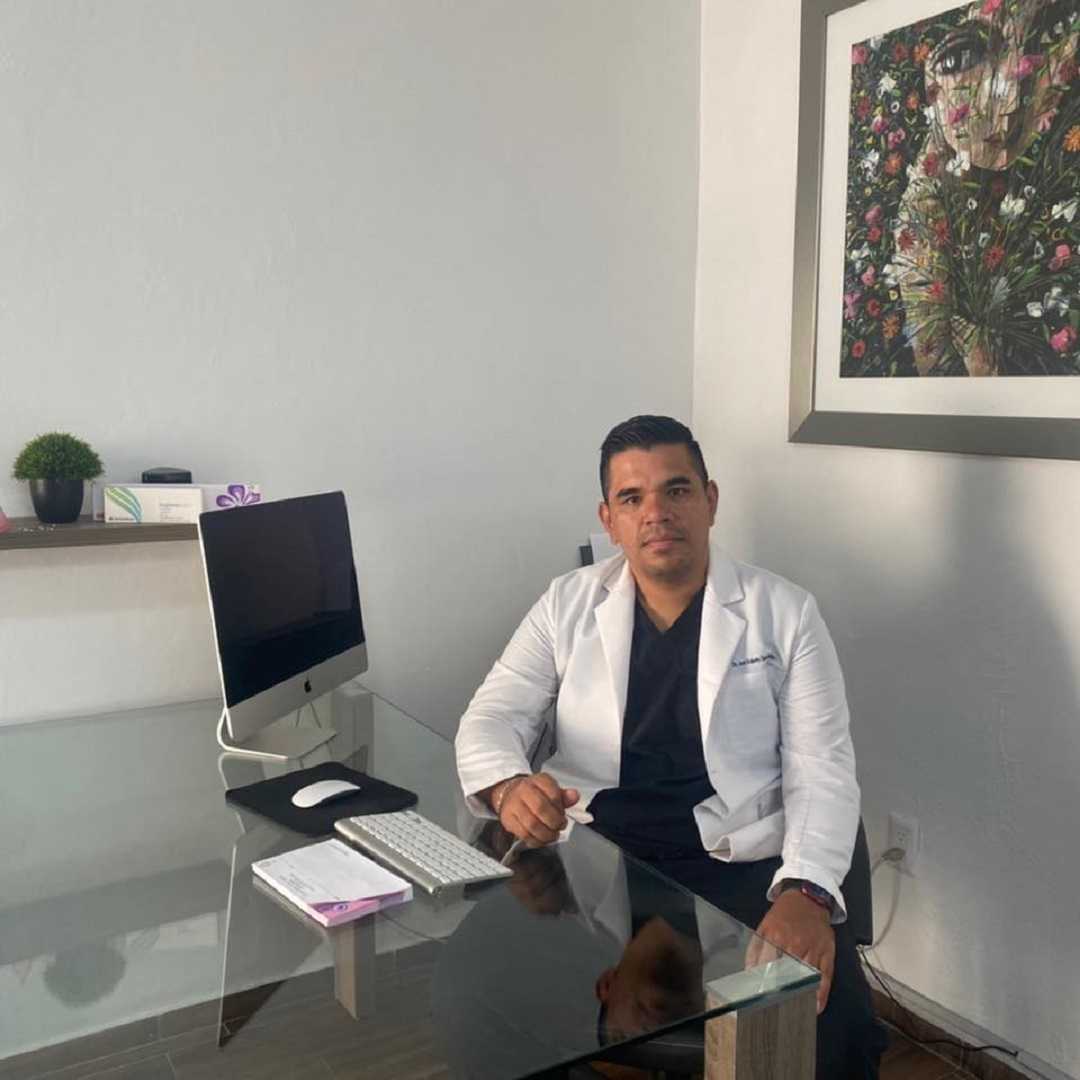
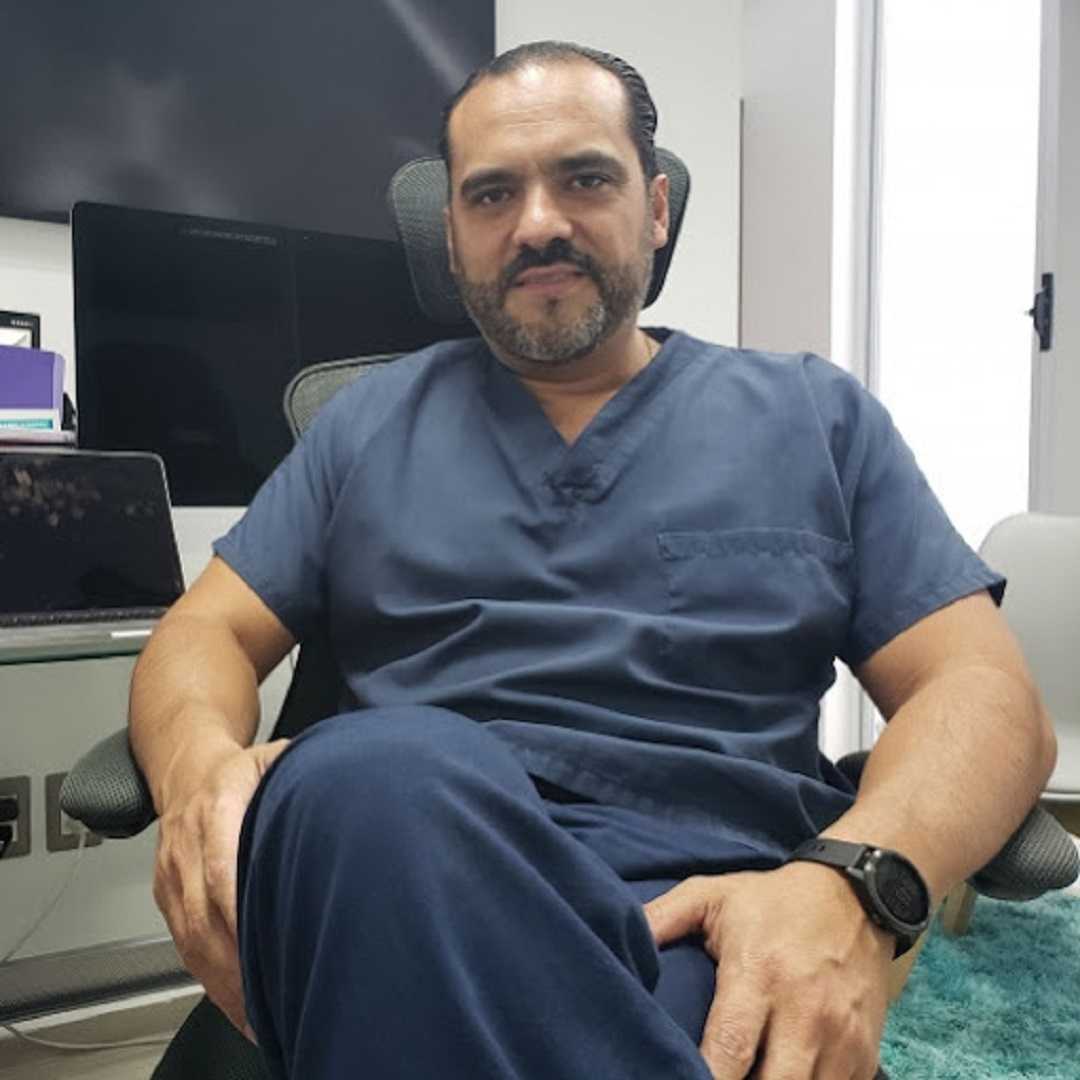
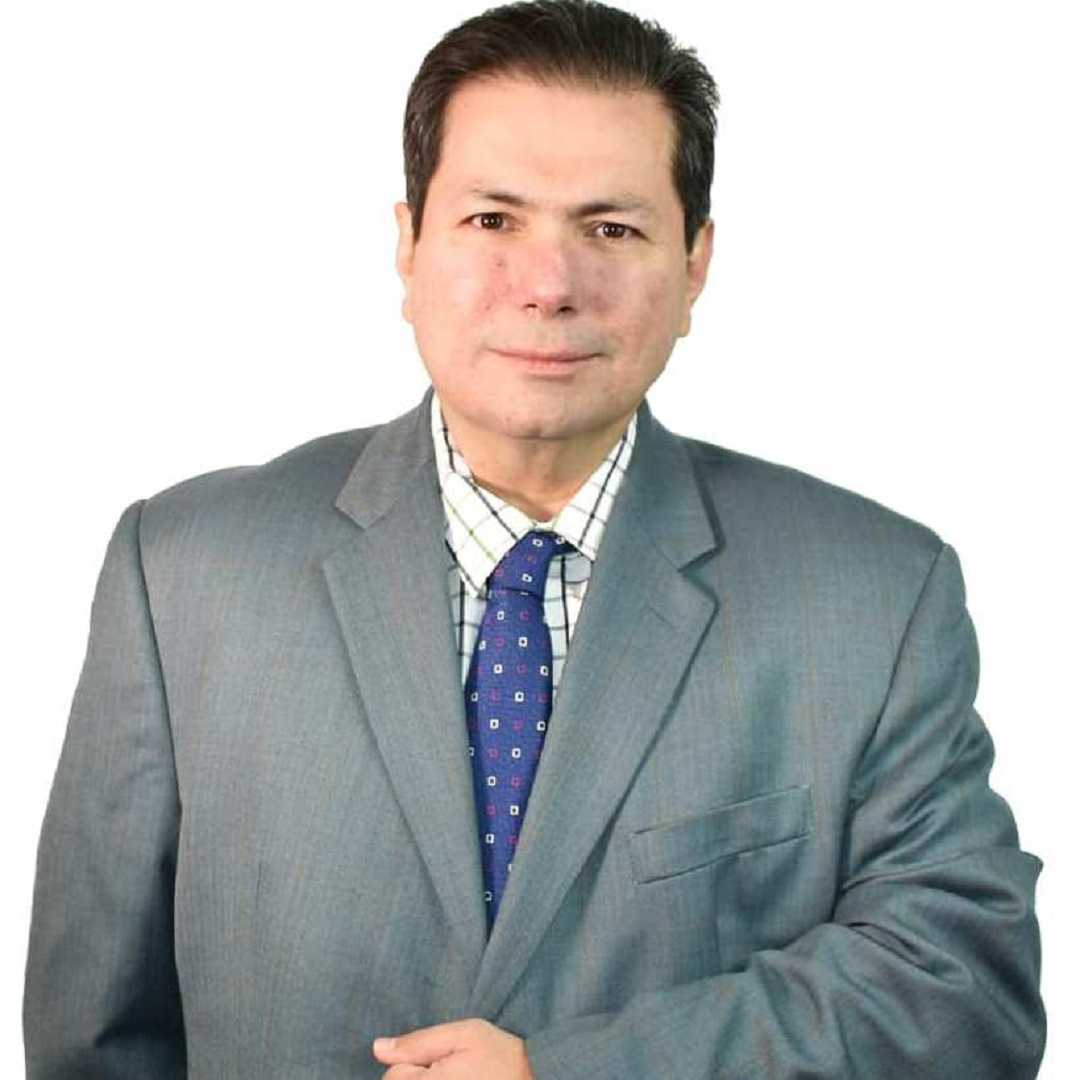
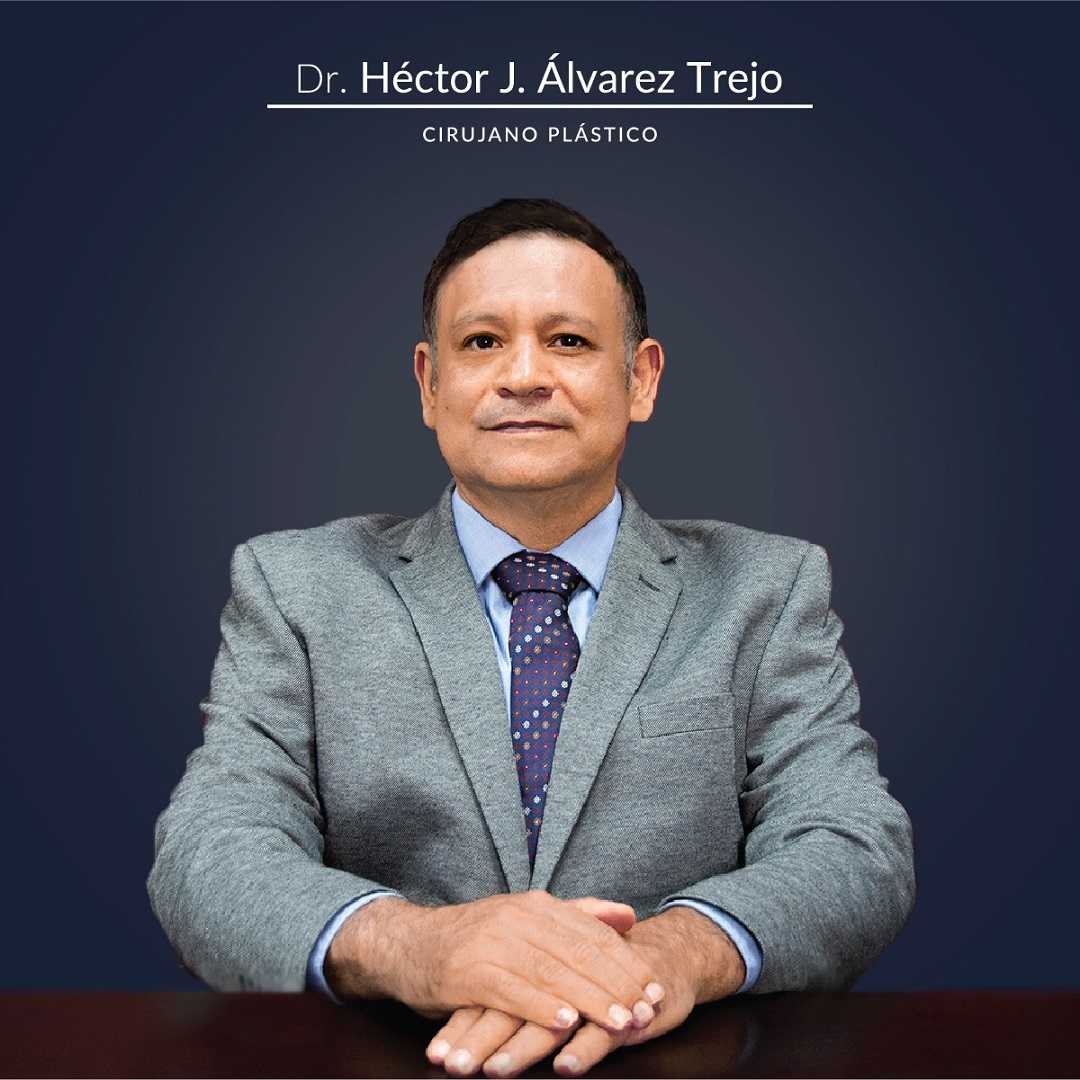

.png)
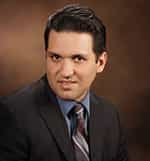
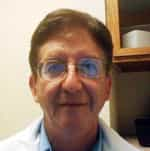
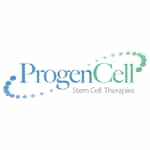
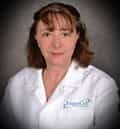
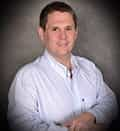
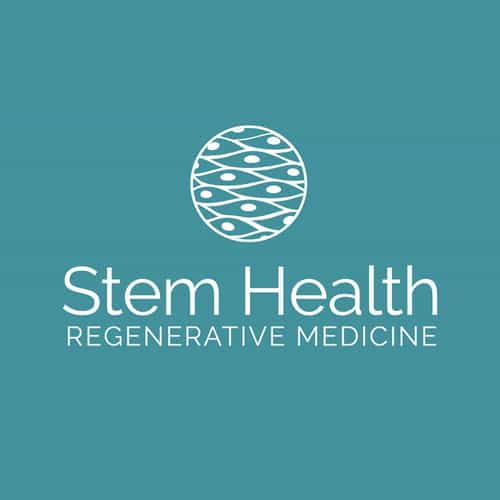
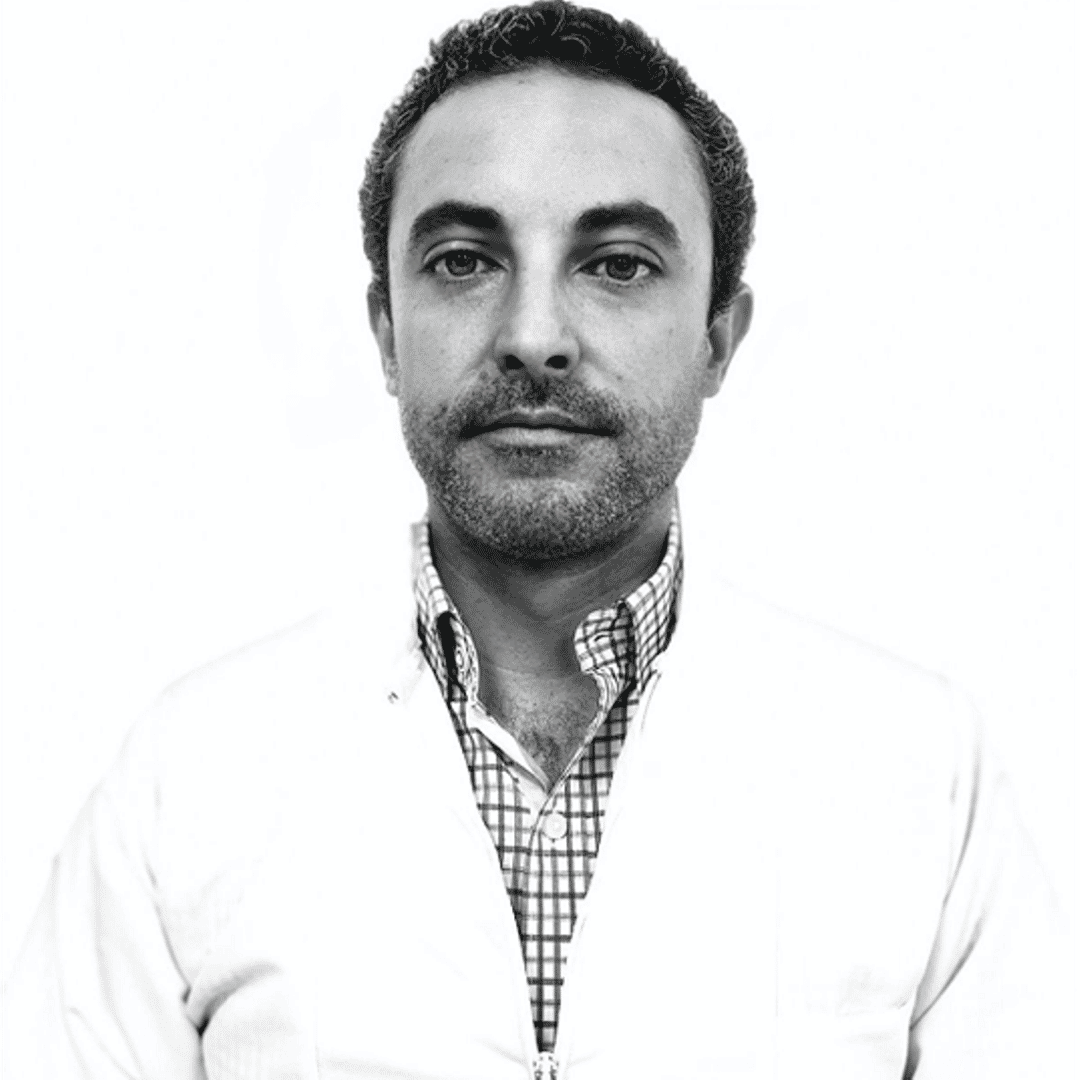
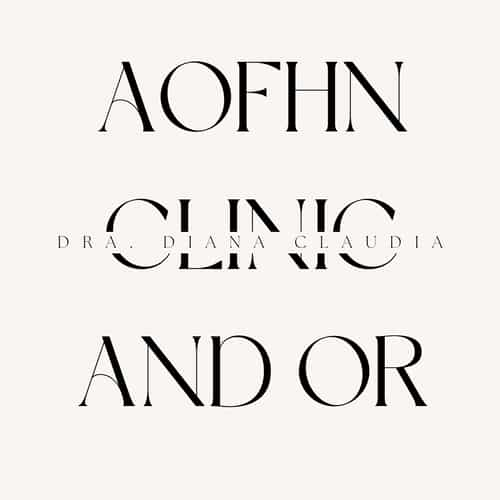
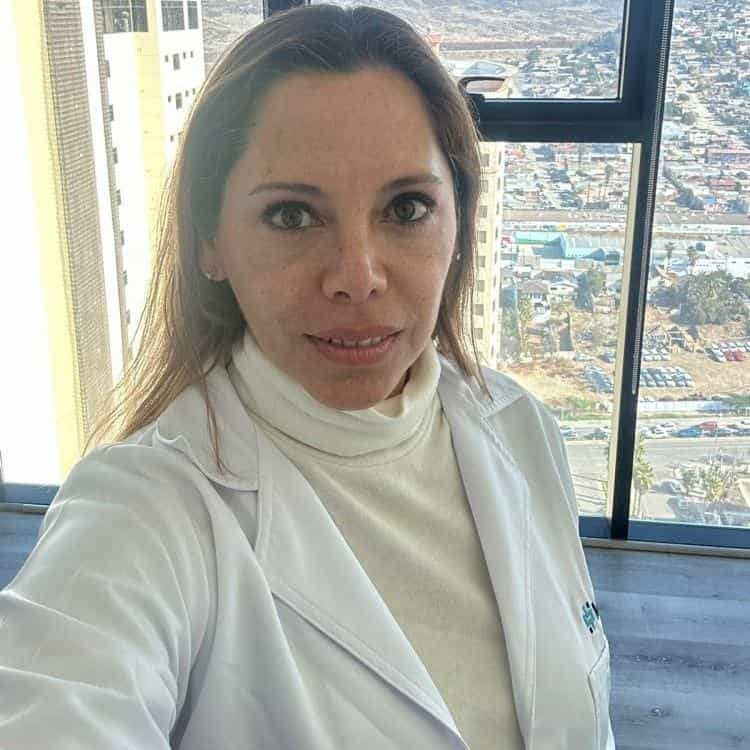
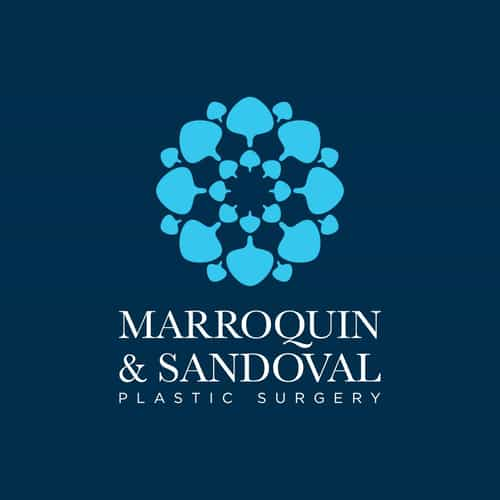
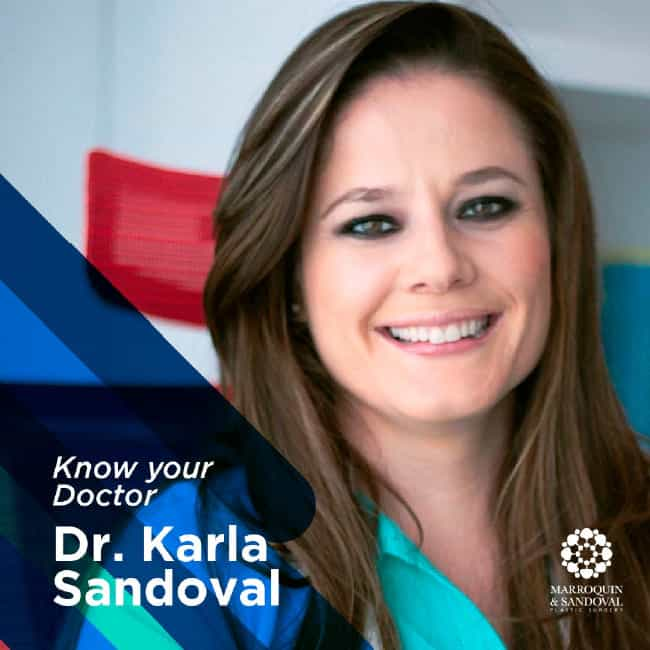
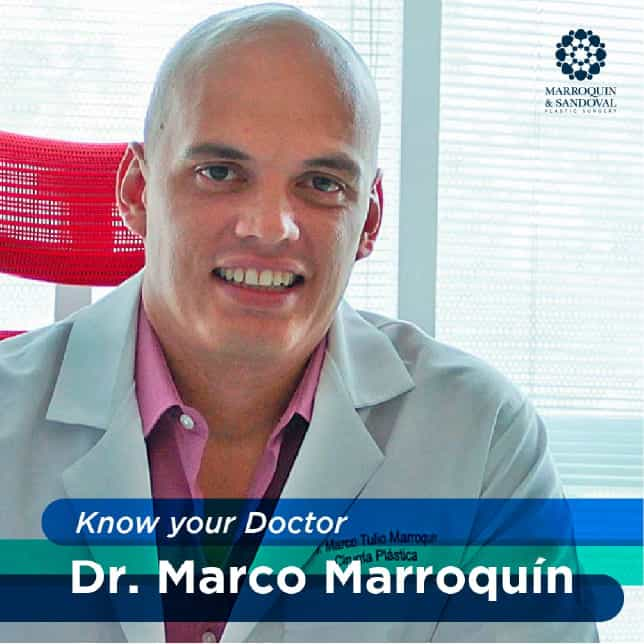
.png)
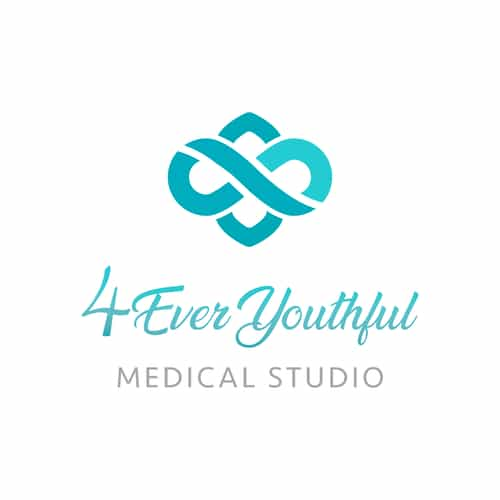

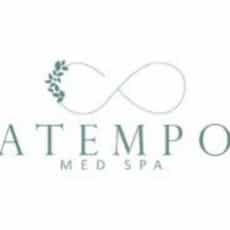


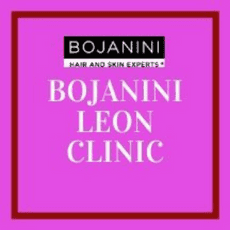
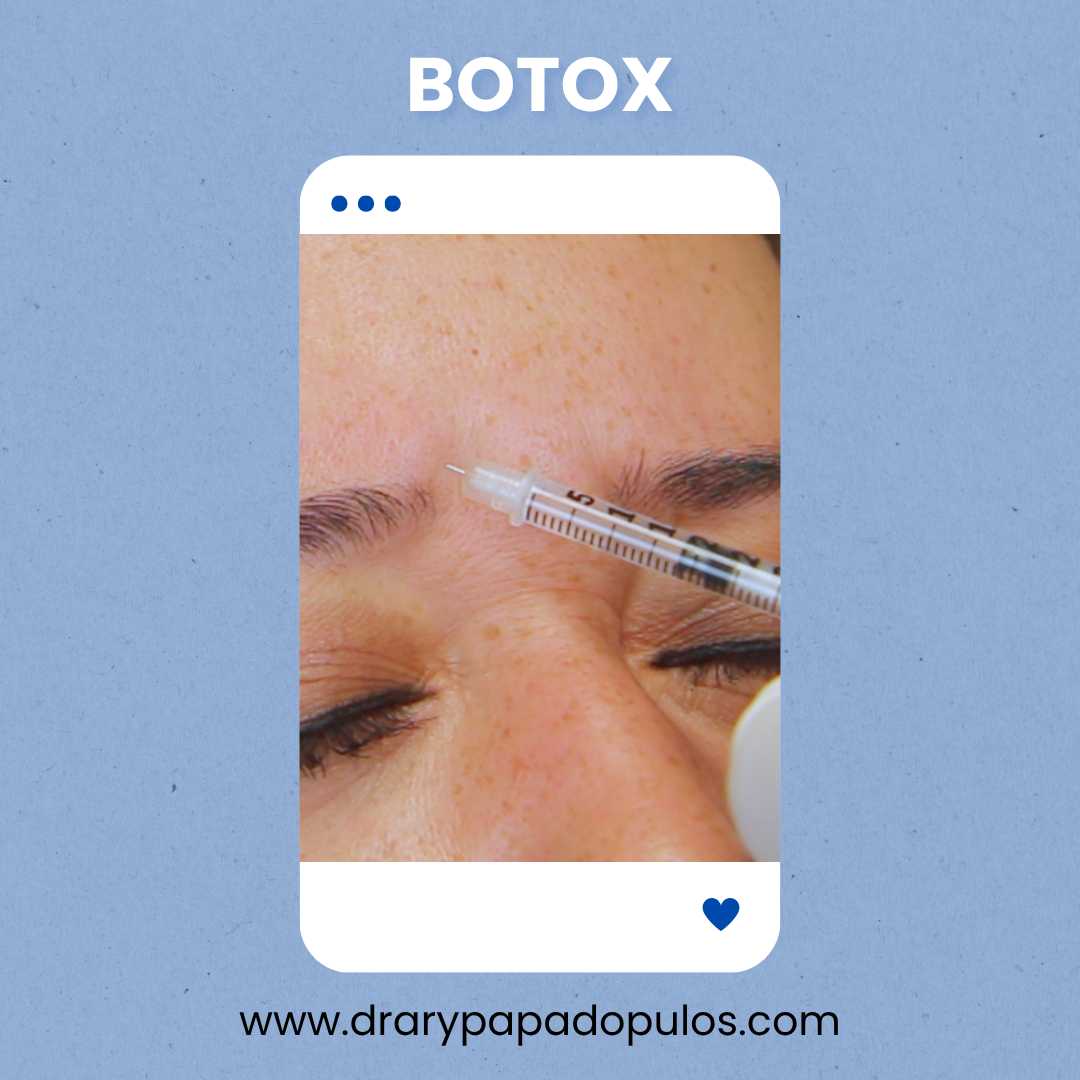





I want to highlight the excellent experience I had with LONVIDA. Their service is of the highest quality, from the moment you walk in until the end of your treatment. The facilities are modern, clean, and equipped with cutting-edge technology, which makes a huge difference in the patient experience. They also have a team of highly qualified physicians who are attentive and committed to each patient's well-being. Without a doubt, they are a benchmark in comprehensive medical care. Highly recommended!
Read More